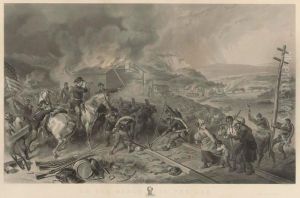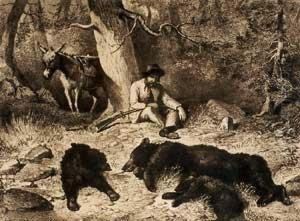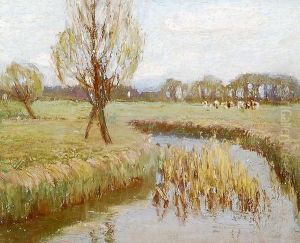J. Felix Darley Paintings
Felix Octavius Carr Darley, commonly known as F. O. C. Darley or J. Felix Darley, was an American illustrator, born on June 23, 1822, in Philadelphia, Pennsylvania. Darley displayed artistic talent at a young age, but he did not initially pursue a career in art, instead starting work as a clerk. However, his passion for drawing prevailed, and by the 1840s, he had begun to attract attention for his illustrations.
Darley's career took off when he moved to New York in the early 1840s, where he began illustrating books for publishers. He quickly became a sought-after illustrator, known for his ability to capture character and emotion with fine detail and expressive lines. Darley's work was featured in magazines, books, and various publications, and he became particularly well-known for his illustrations of works by famous authors such as Washington Irving, James Fenimore Cooper, and Charles Dickens.
Throughout the mid-19th century, Darley continued to be a prolific illustrator. His most notable works include the illustrations for Irving's 'Rip Van Winkle' and 'The Legend of Sleepy Hollow,' as well as for Cooper's 'Leatherstocking Tales.' He also produced a series of drawings called 'Scenes in Indian Life,' reflecting the period's interest in Native American culture. Darley's work contributed significantly to the visual culture of his time, shaping the American public's imagination through his depictions of literary characters and historical scenes.
Darley was not only an illustrator but also a watercolorist and occasional painter, although these works were less well known than his illustrations. He was recognized by his peers and was one of the original members of the National Academy of Design in New York.
Despite his success, Darley remained relatively modest and devoted to his craft. He lived most of his life in Claymont, Delaware, after marrying in 1859, where he had a studio and continued to produce a vast quantity of illustrations. Darley passed away on March 27, 1888, leaving behind a legacy as one of the foremost American illustrators of the 19th century, whose work helped define the visual representation of American literature and history during his era.


